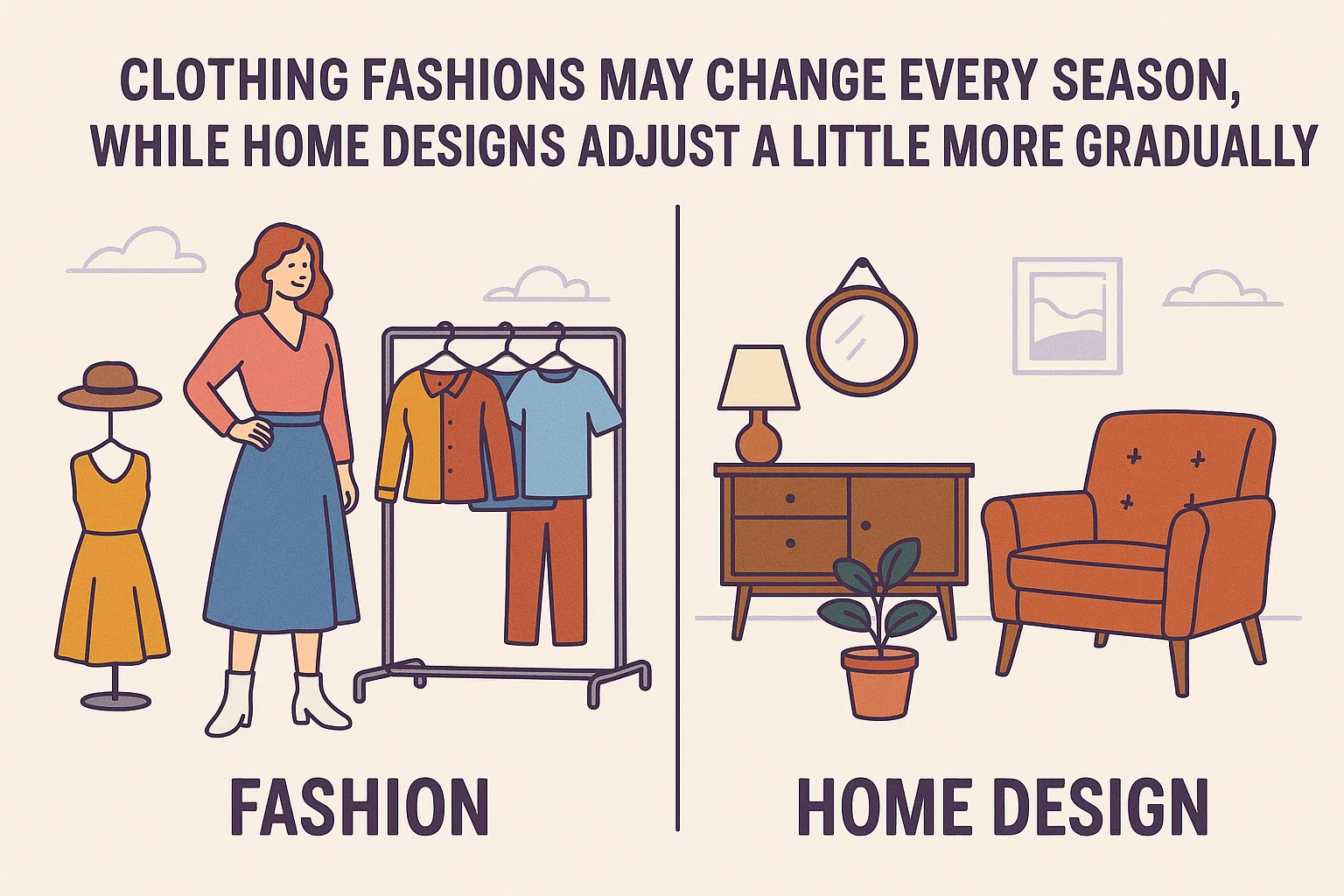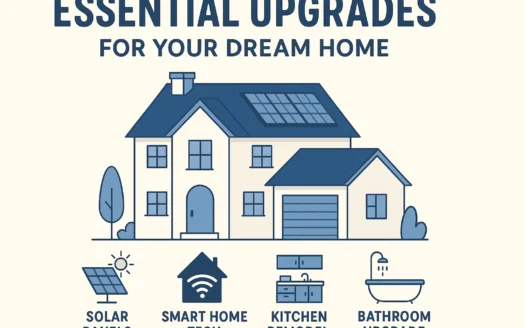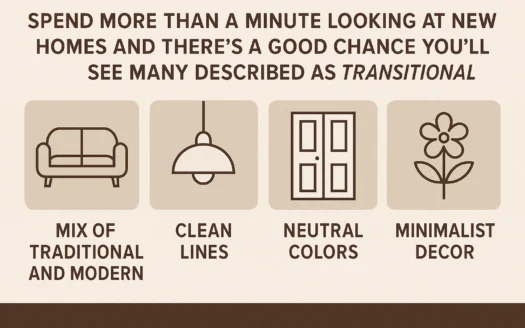Clothing Fashions May Change Every Season, While Home Designs Adjust a Little More Gradually

Clothing Fashions May Change Every Season, While Home Designs Adjust a Little More Gradually
Innovations in residential design depend on technology, product designs, the imaginations of interior designers and architects, and research into the lifestyle and priorities of new-home buyers. “There are a few common societal trends driving change in new homes today,” says Douglas Smith, president of Miller & Smith, a regional homebuilder. “Most important is the time constraint that everyone feels, which means we all want things in our homes to make our lives easier.” Smith also notes that casual lifestyles are increasingly reflected in home design, with homeowners prioritizing comfort and informality.
What’s In
Smart Home Technology
“The biggest, fastest change we’re seeing in new homes is the use of technology,” says Sabine H. Schoenberg, founder of Sabine’s New House. “Consumers are embracing smart home features for energy efficiency, safety, and security, with entertainment a distant third priority.” Wireless technology, such as app-controlled door locks and Nest thermostats, is popular across generations for its convenience.
Entertaining in the Kitchen
Kitchens have become central showpieces, with open floor plans driving demand for stylish, multifunctional islands. “Kitchen islands are getting bigger and are being designed for multifunctional use with materials that are anti-microbial and stain resistant,” says Schoenberg. Smith adds that kitchens now serve as casual entertainment hubs, blending aesthetics with practicality.
Flexible Rooms
Adaptable spaces are key in modern homes. Smith emphasizes designing rooms that can transition between functions, such as a home office doubling as a guest room. Schoenberg recommends pocket or barn doors to create open or separated areas: “It’s smart to set up every room with flexible doors so you can adjust your living space as needed.”
Low-Maintenance Materials
Durable materials like granite counters and Hardie Plank siding reduce upkeep. “Homes can be built with materials that don’t need to be constantly painted or maintained,” says Smith, appealing to busy families and downsizers.
Cleaner Exterior Style
Buyers favor minimalist exteriors with farmhouse-inspired colors. “White bricks and soft tones like cream, blue, and gray are replacing the darker trims of Craftsman-style homes,” says Megan Harris, a design director.
Rustic Touches
Natural wood elements, such as barn doors or beams, add warmth to modern spaces. “An accent of something rustic in a modern house adds the idea of history,” says Schoenberg, who pairs reclaimed wood with sleek cabinetry.
Blending Outdoor and Indoor Living
Year-round outdoor spaces are in demand, with features like screened porches, fire pits, and outdoor TVs. “We’ve brought back screened porches even for townhouses,” says Smith. Harris notes that direct access from master suites to patios enhances indoor-outdoor flow.
Hybrid Interior Design
Buyers mix contemporary and traditional elements, such as white cabinets with industrial fixtures. “Millennials take more risks, blending colors and styles rather than sticking to purely traditional designs,” says Smith.
What’s Out
- Wood-Burning Fireplaces: Many floor plans omit fireplaces for flexibility. Linear gas fireplaces with crystals offer safer, energy-efficient alternatives.
- Clutter: Built-in organizers and efficient storage solutions prioritize tidiness.
- Standard Bathtubs: Spacious showers and freestanding tubs replace bulky soaking models.
- Dark Hardwood Flooring: Lighter tones like gray and white-washed finishes dominate modern interiors.
Whether embracing trends or bucking them, the appeal of a newly built home lies in the ability to personalize every detail.




